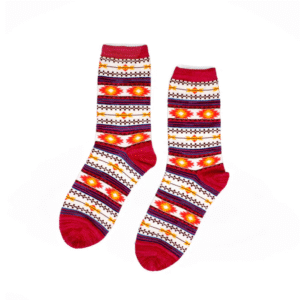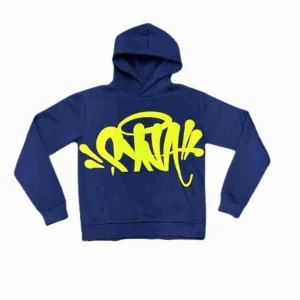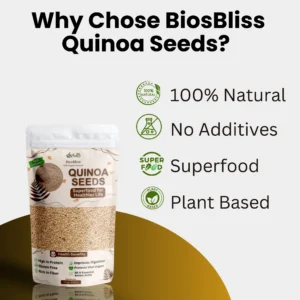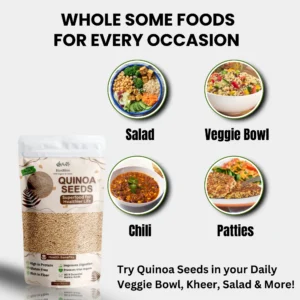Custom food flags have emerged to be a basic necessity in the presentation, branding, and decoration of food events. As people pay more attention to environmental awareness, corporate bodies and consumers are currently targeting to find sustainable options in every aspect, even in the fabrication of mini food flags. Not only should we use such flags at restaurants and catering parties, but also at holiday celebrations. It is crucial to apply eco-friendly solutions to the manufacturing process of these flags.
Environmental impact is minimized by several practices, which, starting with such a fundamental role as the selection of biodegradable materials, continue with energy-efficient printing and reduction of waste methods. In this article, the practices that allow customized flag manufacturers to follow a green agenda without affecting the quality, creativity, and message of the brand will be described.
Procuring Sustainable Materials
The selection of materials is the basis of the eco-friendly toothpick food flags. The manufacturers no longer use plastic or glossy laminated paper, as it is replaced by recyclable paper, FSC-certified wood, and compostable bamboo sticks. These substitutes are biodegradable, thus reducing the effects on the environment. Printed food flags printed on sustainable paper are also chlorine-free and produced using paper purchased from well-managed forest sources, thus avoiding deforestation and the carbon footprint of producing them.
Soy-Based Inks Usage
In conventional flag printing, petroleum-based ink releases VOCs (volatile organic compounds) in the air, causing pollution. Soy or vegetable-based inks are now used in preference to branded food flag producers, taken to be environmentally friendly. Such inks are safer to the environment, and they produce deep, vivid colors that leave no toxic deposits. The practice is best suited to the personalised food flags UK suppliers who wish to ensure that the branding looks good and remains eco-friendly.
Use of Waste Reduction Methods
Effective production of the flag manufacturing reduces useless wastages of materials. In food flag wholesale orders, manufacturers apply cutting and batch planning software that cuts and plans sheet batches most efficiently. Off-cuts and waste paper trimmings. When paper off-cuts have been removed, the leftover paper may be recycled or often be used as packaging materials. The implementation of a lean manufacturing model will also decrease contributions to the landfills and assist in keeping the production prices lower, which is a benefit to both companies and the environment.
Using Renewable Energies
Eco-sensitive food flags sellers are also turning into renewable agencies to operate their production. Printing machines are powered using solar panels, wind energy, or hydropower. Cutting tools and packaging units are run using solar panels, wind energy, or hydropower. The move not only decreases the emission of greenhouse gases but also establishes the brand as a responsible and future-wary supplier of goods. It is a fine initiative of companies that manufacture toothpick flags of food on a large scale in a move to increase their green status.
Preventing Dangerous Coatings
Event-related foods Christmas food flags, tend to be covered in glossy finishes to become water-resistant or more attractive. These plasticcoatingsg however, prevent recycling. The eco-friendly manufacturers have replaced the solvent-based or non-biodegradable coatings with biodegradable or water-based ones, which do not affect the durability of the flag but are still compostable. These can be luxurious and collapse readily in both individuals and the environment without posing any threats to food safety.
Single Use Designing
However, unexpectedly, creating mini food flags, eco-friendly single-use options, can be more environmentally friendly. When they are made of biodegradable materials, these flags can be disposed of alongside food scraps in compost cans. These initiatives can be done by encouraging consumers to use these things through composting instead of trash to help create circular waste systems. This life cycle process is also facilitated by biodegradable packaging of the flags, especially in popular environmentally friendly event management.
Local Buying and Manufacturing
Local manufacturing is one of the viable solutions for reducing the carbon footprint in food flag with logo manufacturing. Less transportation distance will minimize fuel emissions and reduce the delivery time. As another example, a large number of personalised food flags currently produced in the UK by domestic producers serve not only to stimulate local economies but also reduce the impact on the environment through international transportation. The practice contributes to the transparency and assures clients of their impact on the environment.
Green Packaging Solutions
The last way of achieving a green supply chain is sustainable packaging. Packaging of food flags is done in envelopes of kraft paper or recycled cardboard rather than plastic sleeves. Padding that can be made of recycled shredded materials may also be incorporated in the bulk food flag wholesale shipment. Packaging on these conventions is usually printed to remind consumers to recycle or compost the packaging, creating a green-all-the-way attitude.
Conclusion
The use of green practices in the processes of food-flag production is not a fashion; it is an obligation. To achieve quality manufacturing, manufacturers can be eco-friendly, starting with renewable materials and non-toxic print, continuing to green energy and local manufacturing. Taking into consideration establishing a branded item to be used during an event or multiple orders to cater, flag making is a strong means to integrate business pursuits with sound environmental governance. Complementing these efforts with sustainable packaging solutions like custom wax paper with logo further reinforces a brand’s commitment to both environmental responsibility and impactful visual identity.







